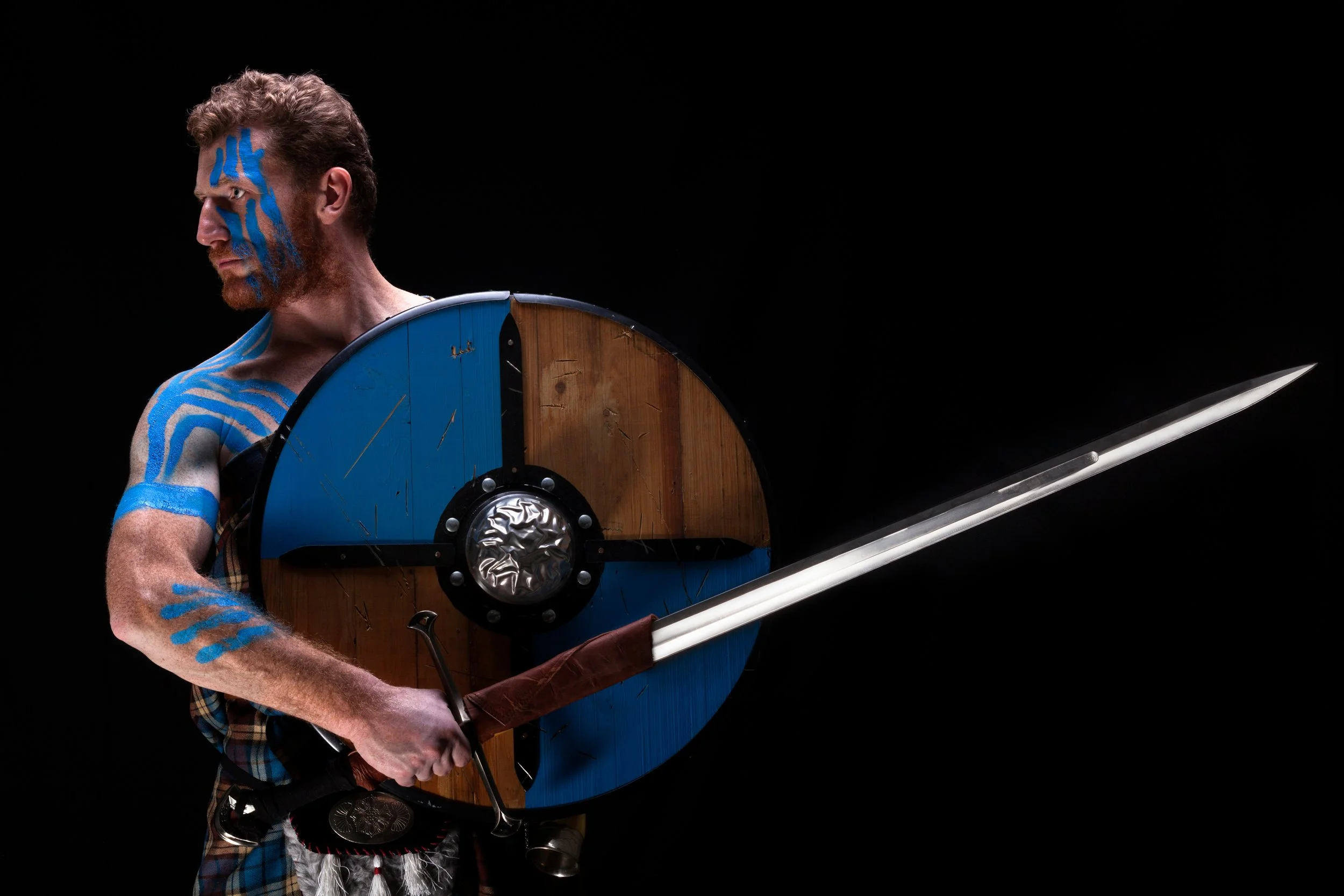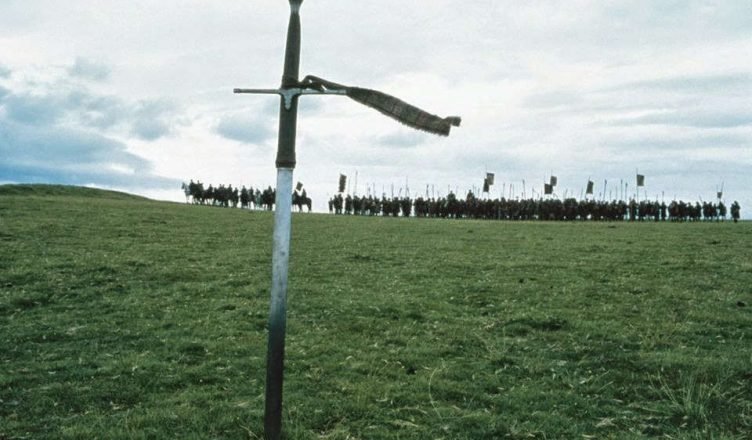Weapons History 101: The Scottish Claymore
(Image credit: Marko Stamatovic)
Feel the weight of history and the power of a warrior culture with the Scottish Claymore. This massive two-handed sword is not just a weapon; it's a symbol of Scottish heritage and pride. From the intricate knotwork on its hilt to its long, sharp blade, the Claymore exudes strength and resilience. It's no wonder that this legendary sword has become a beloved icon in popular culture, inspiring awe and admiration among those who appreciate its history and design.
RELATED: THE TEN MOST FAMOUS SWORDS FROM HISTORY, PART ONE
Join us as we delve into the fascinating world of the Scottish Claymore and explore the enduring legacy of this legendary weapon.
There are few weapons in history that evoke the same sense of awe and power as the Scottish Claymore Sword. With its long, sharp blade and imposing size, the Claymore is an emblem of Scottish heritage and a symbol of a fierce, warrior culture.
History of the Scottish Claymore
The Claymore sword is believed to have originated in the late medieval period, around the 15th century. It was primarily used by the Scottish Highland clans as a weapon of war, and it quickly became one of the most feared swords on the battlefield.
One of the most famous battles in which the Claymore was used was the Battle of Stirling Bridge in 1297. The Scottish forces, led by William Wallace, wielded long, two-handed swords that allowed them to strike with deadly force from a distance. The Claymore became a defining weapon of the Scottish armies and was used throughout the Wars of Scottish Independence.
The Claymore’s distinctive design
The Claymore is a massive sword, typically measuring between 4 and 5 feet in length. It features a long, double-edged blade that tapers to a sharp point, with a cross guard and grip designed to accommodate two hands.
The most distinctive feature of the Claymore is its hilt, which is typically decorated with intricate knotwork and other designs. The pommel often features a spherical shape, known as a "scent-stopper" due to its resemblance to the stopper on a perfume bottle.
In addition to its imposing size and decorative elements, the Claymore was designed for maximum effectiveness on the battlefield. Its long blade allowed Scottish warriors to strike with incredible force from a distance, and the double-edged design made it a versatile weapon in close combat.
The Claymore in Popular Culture
(Image credit: Icon Entertainment)
The Scottish Claymore has become a legendary symbol of Scottish heritage and a frequent element in popular culture. From movies and television shows to video games and literature, the Claymore is often depicted as a weapon of heroic warriors and fierce fighters.
In movies like Braveheart and Highlander, the Claymore is shown as a symbol of Scottish pride and a weapon of independence. In video games like Skyrim and Assassin's Creed, players can wield the Claymore to defeat powerful enemies and become legendary heroes.
For those who are passionate about Scottish history and culture, the Claymore remains a symbol of strength, courage, and resilience. Its design and history continue to inspire awe and admiration, and its legacy lives on in the hearts and minds of those who revere it.
The Scottish Claymore is a weapon of legends. Its history, design, and status in popular culture all contribute to its enduring appeal as a symbol of Scottish pride and warrior culture. Whether in the hands of a Scottish warrior on the battlefield or in the imagination of movie fans everywhere, the Claymore is a powerful reminder of the strength and resilience of the Scottish people.
About The Author
More Weapons History 101














